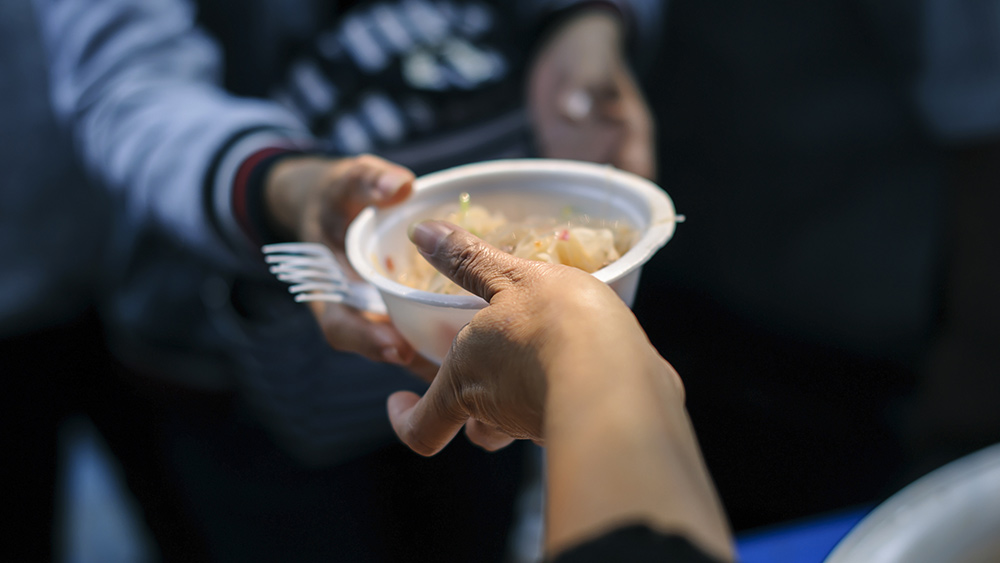
"The key in these negotiations is specifics that are enforceable — literally, the devil is in the details. The more these agreements include real, concrete outcomes rather than platitudes, rehashing old ground or punts to the future, the better they are. American companies, workers, farmers and more are eager for more access to Chinese markets, and they'll look to ensure reality matches the rhetoric of these promises," Scott Mulhauser, a former Chief of Staff at the U.S. Embassy in Beijing, told FoxBusiness.com.
U.S., China trade agreement by the numbers
Data from the U.S. Department of Agriculture showed that China was the second leading consumer of beef products in 2016, consuming nearly eight million tonnes last year. The country was also among the largest importer of beef products, letting in 812,000 tonnes in 2016. China trails behind the U.S. in importing and consuming these products. According to recent statistics, Asia remains to be the leading market segment for U.S. beef shipments. In fact, the country sold as much as $3.77 billion worth of beef cuts to Asia in 2016.
Recent statistics also showed that China was the third leading importer of liquefied natural gas, purchasing as much as 26.06 million tonnes in 2016. The country trails behind Japan and South Korea is LNG importation. On the other hand, the U.S. is already fast becoming a major player in natural gas importation. Shipping data from Reuters.com revealed that the China purchased its very first U.S. LNG tanker in August last year. This was followed by eight more cargoes delivered between December and March. According to the report, the U.S. has shipped just over 0.6 million tonnes or 1.4 billion cubic meters of LNG to China during the period. In comparison, the Chinese government imports 1.5-2 billion cubic meters of LNG from Australia.
Chinese chicken debacle might just be around the corner
In 2014, the U.S. was able to export about $315 million worth of poultry products, such as chicken feet, to China where the products were greatly popular. However, this was greatly reduced when China decided to ban poultry imports from the U.S. after the latter was hit with its worst avian outbreak in 2015. China remained to be a less enthusiastic importer of U.S. poultry products, purchasing only $33 million worth of products last year.
However, the recent trade agreement will open opportunities for China to export cooked poultry products to the U.S. On a completely different note, South China Morning Post reported in February that the Guangzhou Centre for Disease Control and Prevention found that more than 30 percent of local live poultry markets in China's third-largest city were contaminated with the H7N9 avian flu virus.
Federal health officials have urged the general public to stay alert for the avian flu virus. More than 100 cases of human infections have already been noted over the past two months.
Sources include:
Please contact us for more information.























